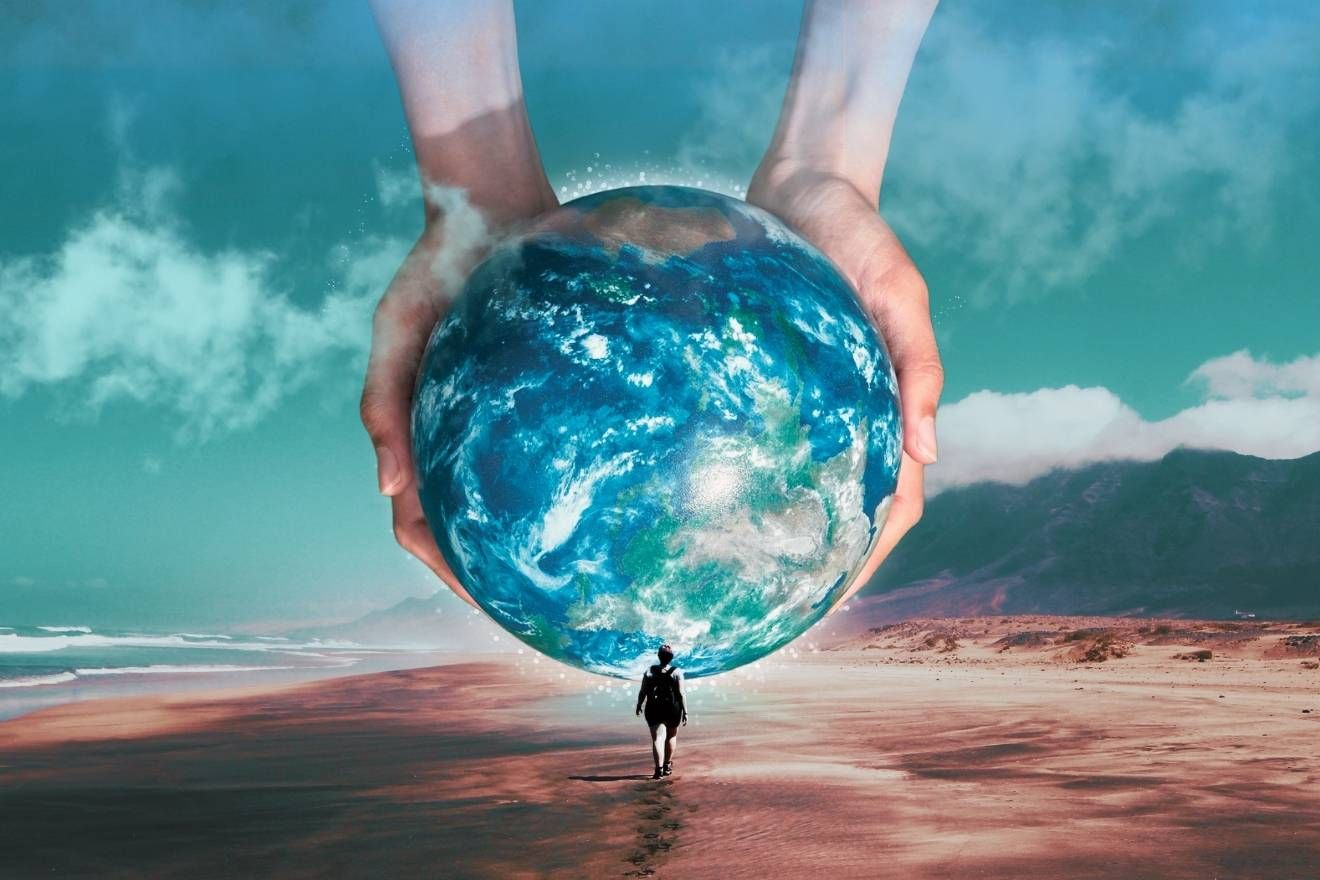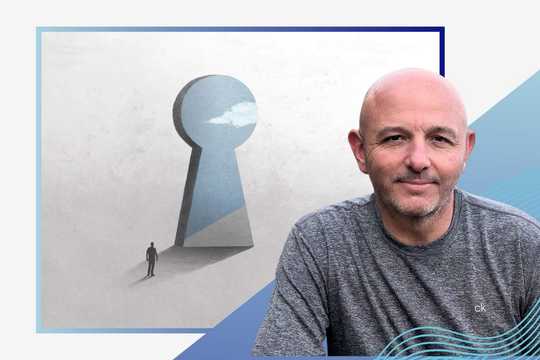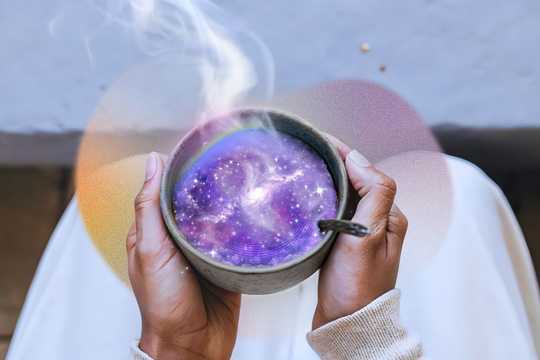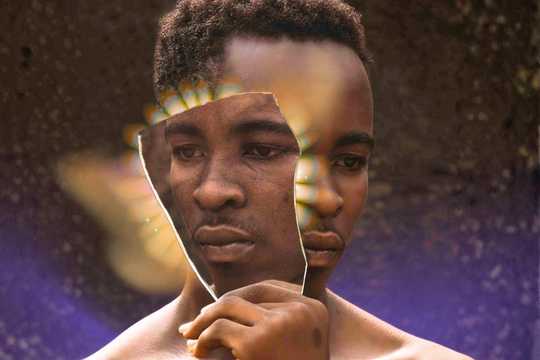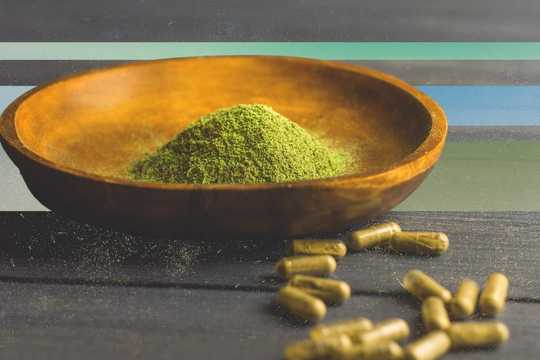The melting of your construct isn’t the art — the rebuilding of it is.
The Myth of Instant Creativity
There’s persistent confusion about whether psychedelics make people “more creative.” After thirty years of using them within my own creative practice—over 300 performances and more than 30 motion sculptures—and guiding hundreds of people through creative, psychedelic‑adjacent processes, my answer is yes—but not how most people think.
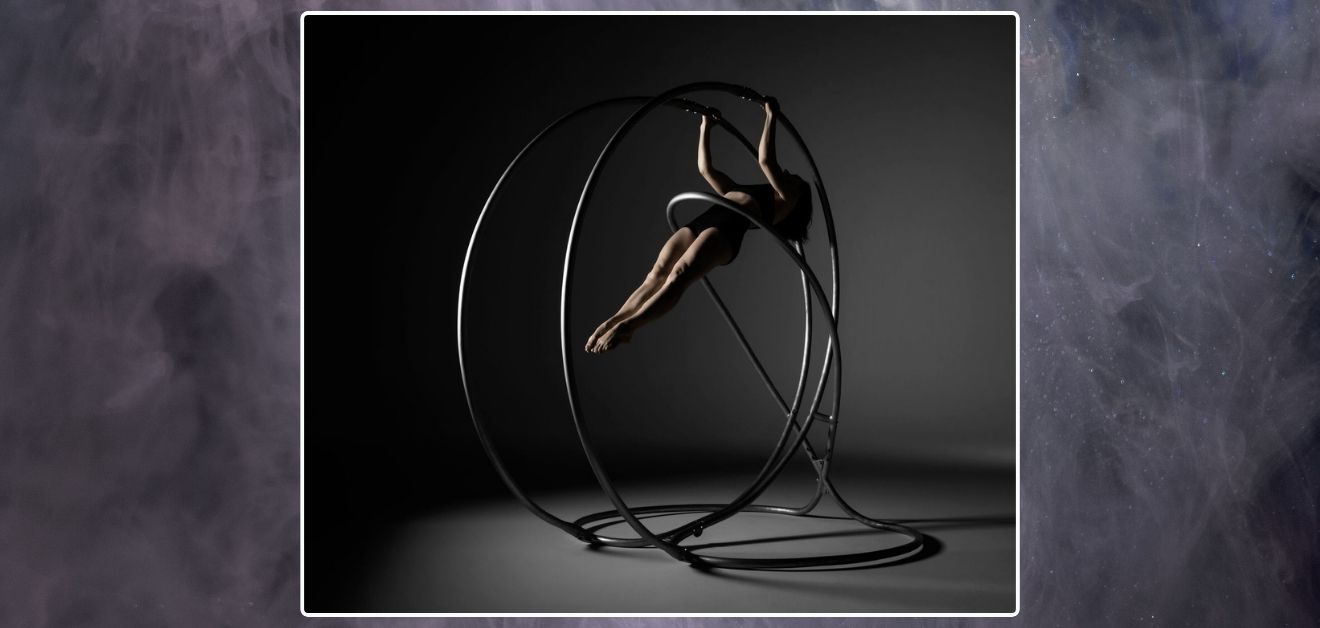
Many imagine the journey as a groovy state where vivid visuals and sounds, if captured, transform you into a profound creator. That has not been my experience, nor the experience of those I’ve guided. The journey can be beautiful and intense. You might receive profound “downloads.” But the reason psychedelics power the creative process is that they melt the constructed self and offer the chance to rebuild. The building—not the melting—is the creative opportunity.
Don’t Fixate on the Melt
At high doses, the “melt” can be disorienting. The loss of the familiar self can be terrifying when you resist losing yourself. If you try to hold on to something you know and the person you believe yourself to be, it can be painful. If you do a forward roll into the experience, it can be bliss. You will still lose yourself, but if you have some confidence that you will come back together again when it is all over, there is less fear and therefore less pain.
Either way, you dissolve—then you return. Upon return, most people feel a profound sense of relief and gratitude for simply being themselves again. The love they haven’t given—and could—often becomes their most pressing concern. They see their lives with fresh eyes: what’s working, what stinks, what they have neglected. Like coming home after a long trip and noticing the mess, the impulse is clear: Let’s clean this up.
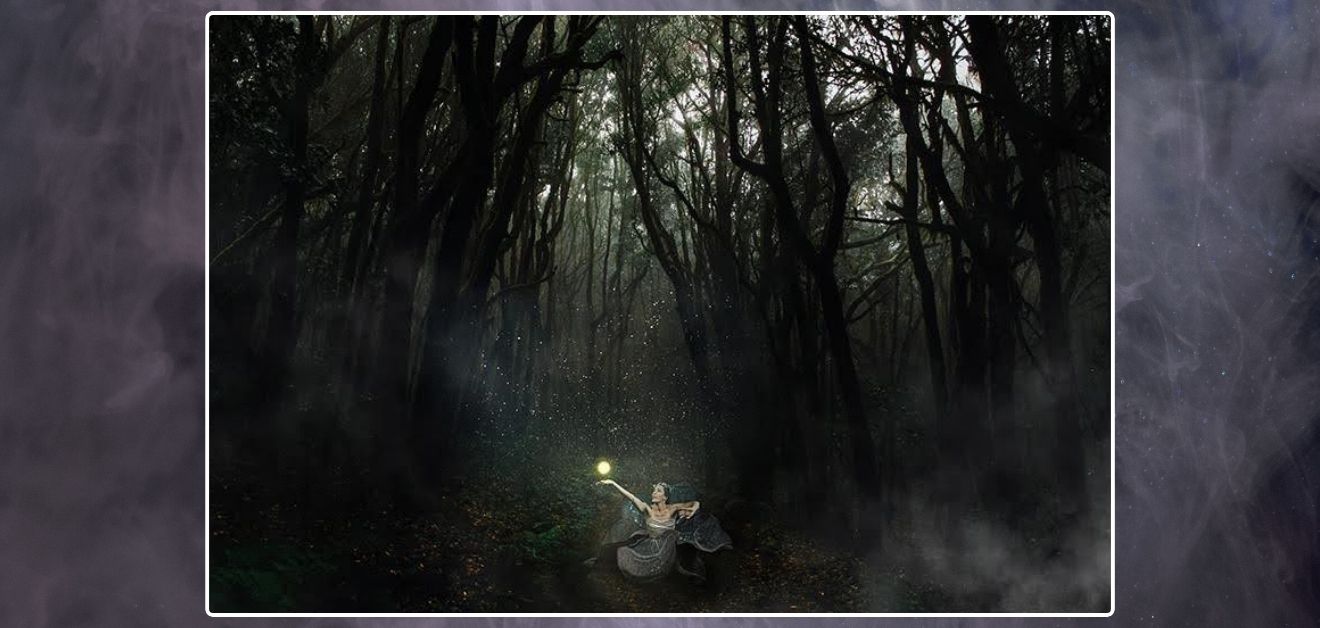
Integration Is the Studio
That post‑journey period—often called integration—is where creativity actually happens. In my experience, it unfolds in phases:
- First 48 hours: Return to yourself. Remember who you are. Let it be different from who you thought you were before the journey. Record this new perspective in some way.
- First two weeks: Utilize the delay between stimulus and response. Notice how you usually respond to things and give yourself a moment to question the habit. Try out different reactions. Notice how things make you feel.
- Three to six months: Form new patterns. Name your new approach. Notice what results.
During this time, you put your sense of self, relationships, and commitments back together—on purpose. You reconcile the truths of the journey with the realities of daily life. That reconciliation is creative work.
For me, creative work cleans my “psychic room”: writing, movement, sculpture, choreography, designing, and teaching workshops. Some outputs are public and sellable; others are private and equally satisfying. Art is evidence of a creative process that happens within. Art is the side effect. The evidence can be literally anything you create or change.
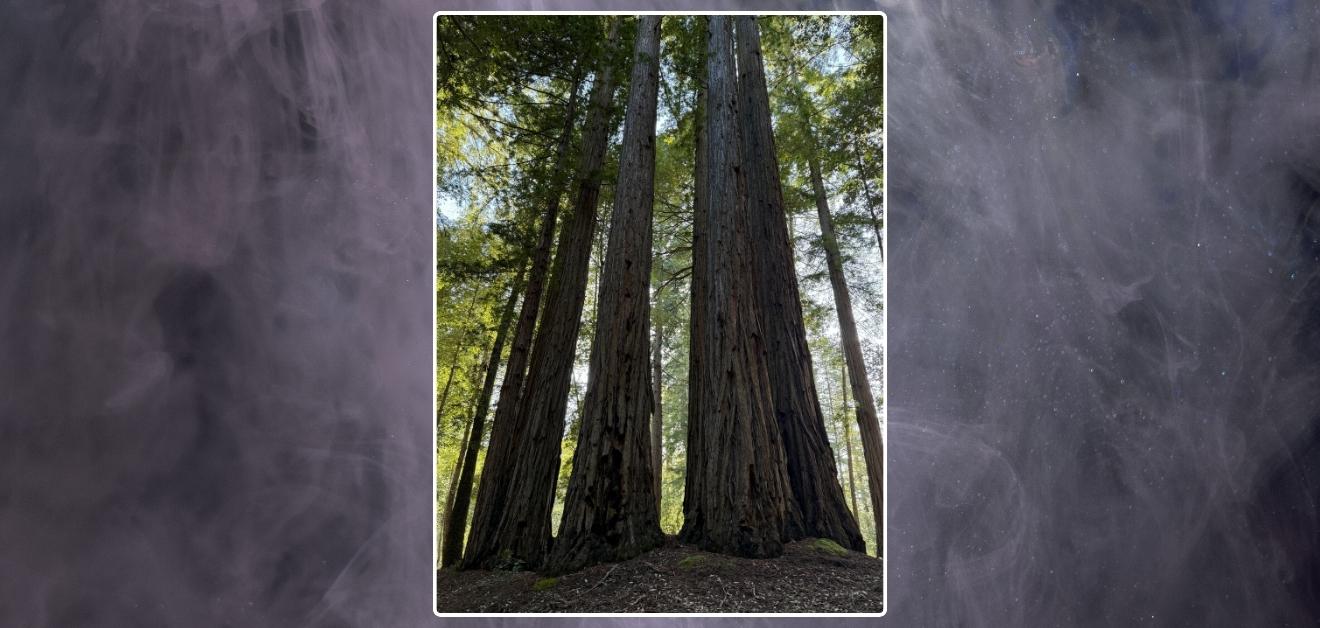
Why Labs Might Miss It
Researchers often test for “enhanced creativity” during the acute experience. That’s the wrong window. The journey is decomposition—useful precisely because it clears ground. Creation is construction. Once you turn the soil, you can plant. But seeds don’t sprout on command.
Patience is part of the process.
You will likely feel different right away; your world may also look different. But translation takes time. New growth is tender and slow. Partners, collaborators, and friends may need to give you space before expecting results.
Maybe nothing “new” emerges for a month or two. That doesn’t mean nothing’s happening. Sometimes the work is making room—clearing habits, commitments, or beliefs so something else can take shape.
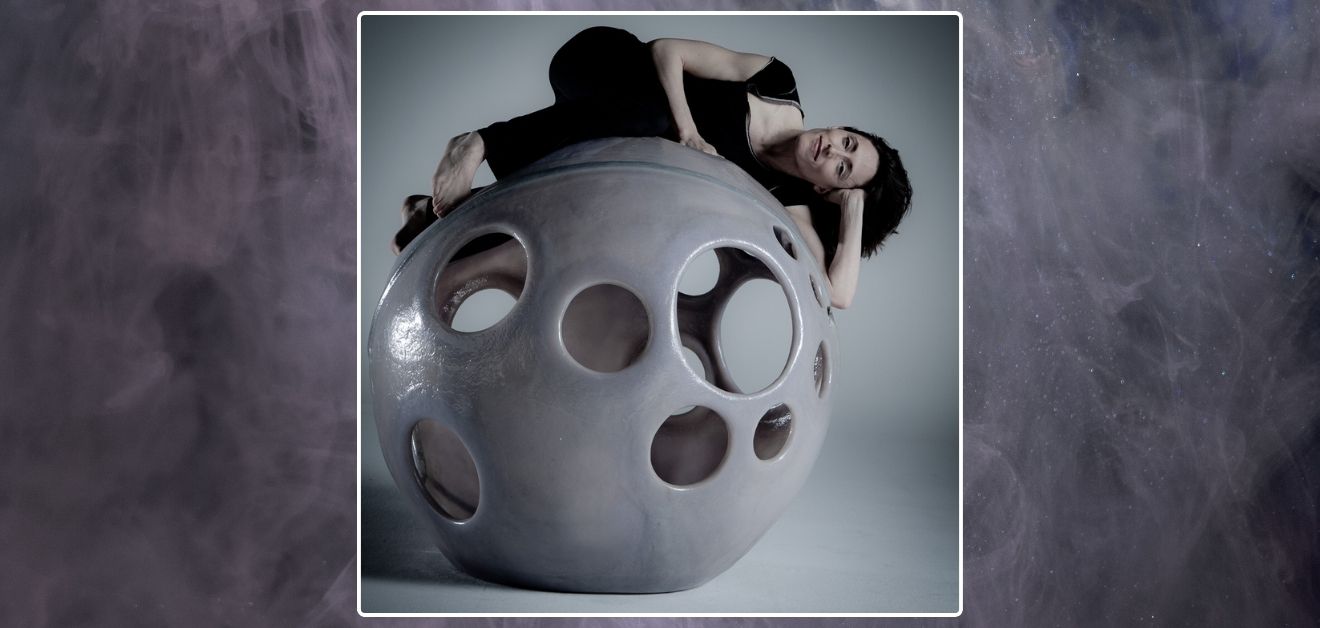
As a former Creative Journey client reflected, “My journey has been profoundly transformative—opening my mind, deepening my connection to my emotions, and fostering a greater bond with all living beings.” — Cedric H, Creative Journey client
Another traveler described it as “I emerged with a renewed consciousness, an awareness that I am part of and witness to an eternal aliveness that is the source of curiosity… My journey broke open the constructs built over decades that had kept its voice silent.” — KD, Creative Journey client
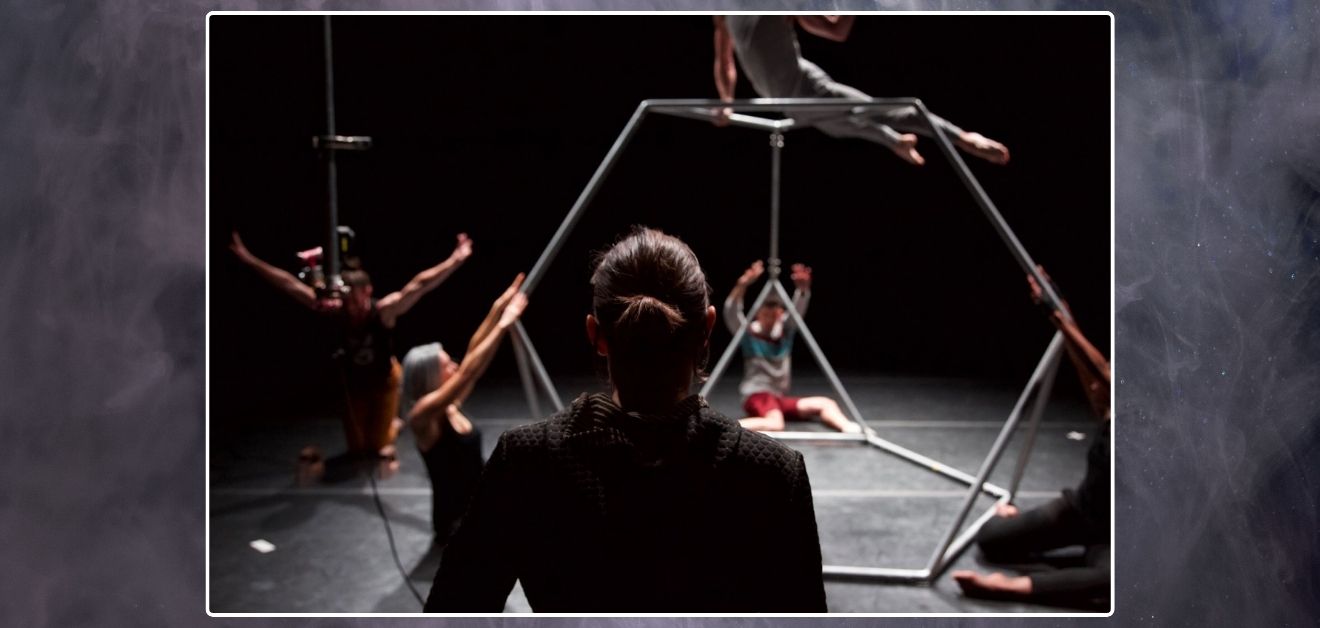
A Note to Would-Be Measurers
The creative process is poorly understood, even by the people who are trying to study and measure it. You cannot solve it like a riddle or force it to activate on time. It requires simmering, spaciousness, and deep listening. Then the constellations appear between the starlight of thoughts ��– our minds draw the connections – and decipher the meaning. My three decades of listening—to my own work and to others’—tell a more nuanced story than the Alternative Uses Task (AUT).
Some neuroscientists parse “scientific/technological” versus “artistic” creativity. From where I sit, creativity is the mind’s way of merging elements into something new, regardless of domain. By temporarily loosening our mental models and then requiring us to reconstruct them, psychedelic journeys are, by their nature, creative processes. Sometimes they result in measurable or marketable work; sometimes they produce subtler changes in orientation or relationship. All are creation – evidence left of an internal creative process.
Bottom line: The psychedelic journey is a creative process because it dissolves the self and compels you to rebuild it—often in a different way.
When you returned from your most recent journey, did you put yourself back together in a different way?
Further Reading on Psychedelic Creativity & Integration:
- Learn About the Gold We Seek: Psychedelics, Alchemical Wisdom, and Collective Healing
- Delve into Integrating Mystical Experiences and Non-ordinary States of Consciousness
- Explore Psychedelic Integration: Grounding the Journey
- Meet the Psychedelic DJ: How Music Guides Healing in Psilocybin Therapy
- Read About The Sacred Container: Psychedelic Chaplaincy and the Art of Spiritual Integration
Creative Journey: Integration Exercises (Sample)
Accuracy isn’t required; Abstraction is encouraged.
This exercise is not an art product. It is a conversation with your muse.
Materials: pencil, markers, crayons, paint, watercolor, collage materials, clay, or your body’s movement. Words are welcome alongside images, schemas, and diagrams.
- Capture an image. Sketch images from your journey. You may forget the details later.
- Before/after map. Draw your construct (your lens on the world) before and after the journey.
- Letter unsent. Write a letter you don’t intend to send; say what you need to say.
- Mind schematic. Put shape to your habits, loops, and preoccupations with a mind map.
Alchemy. Take something you regret and transmute it into a commitment, a communication, a gift, or a creation.
